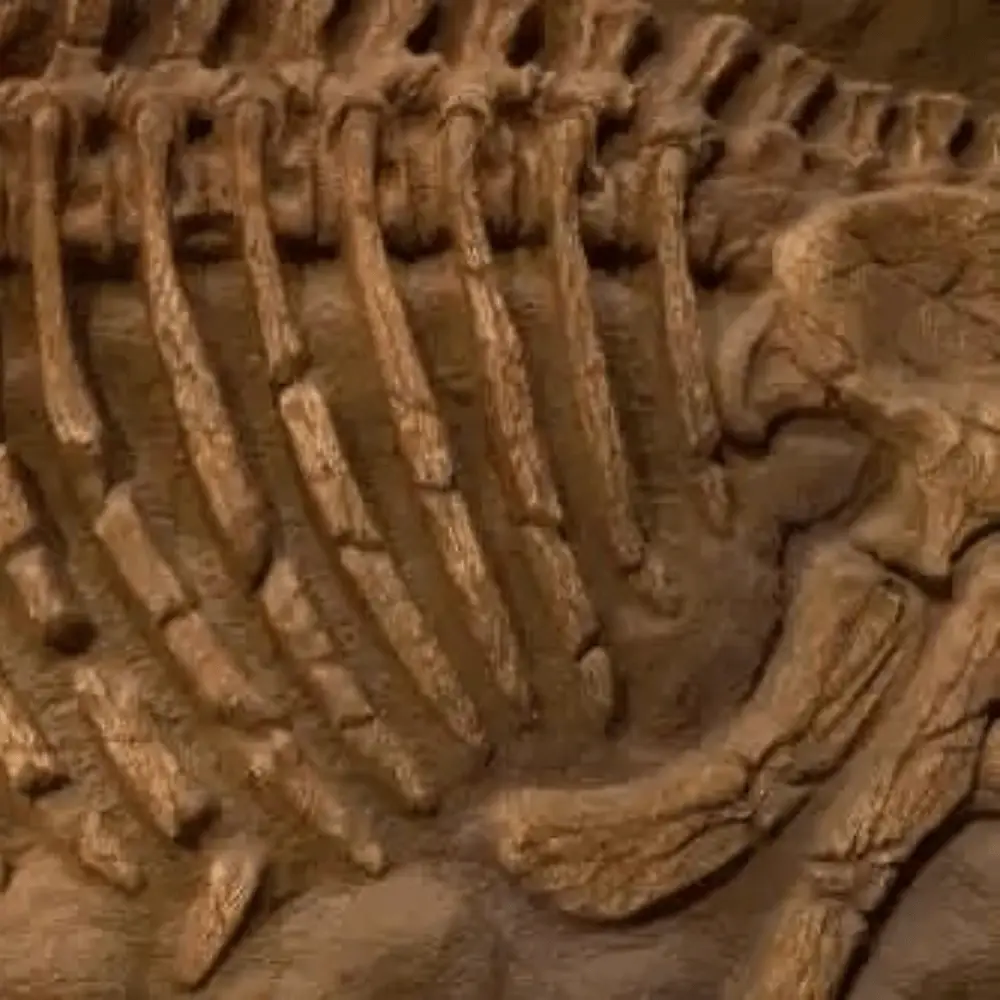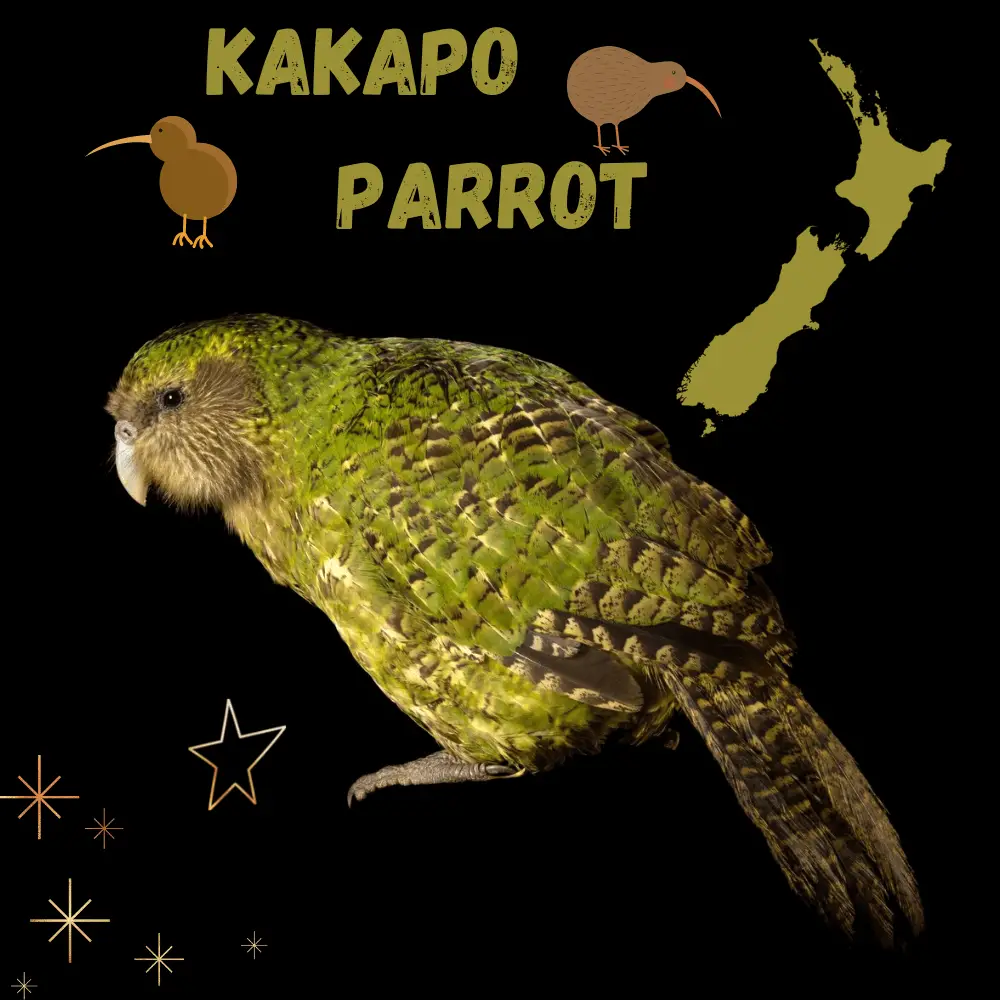The discovery of the Kakapo in New Zealand tells us a bit more about the history of parrots and their ancestors.
A Kakapo is not an everyday find. The unpredictability of the discovery and its Herculean force have earned this extinct new species of bird the name Hercules ( Heracles inexpectatus). Here’s more on that.
The unexpected discovery of a Kakapo
The remains of this animal were found in Central Otago, a region of New Zealand known for the presence of a multitude of fossils from the Miocene period. The period to which this bird belongs is some 19 million years old according to the researchers who discovered it.
This is not the first time that fossils of other extinct animal species have been found, similar to current species. And whose size was impressive. This is the case, for example, of the Kakapo lemurs of Madagascar. Their extinction probably has a lot to do with the presence of humans on this island.
More concretely, this species of Kakapo parrot is very reminiscent of a species of Psittacidae that still lives in our time. We are talking about the curious Kakapo ( Strigops habroptilus ). A strange bird that is in critical danger of extinction, weighing about three kilos and which, like Hercules, does not have the ability to fly because of its weight. He is therefore an ace of camouflage.
Hercules the Kakapo parrot was able to exceed one meter in height while his weight easily reached seven kilos. Which makes it a gigantic parrot compared to current psittacidae.
A spectacular bird

The story of this Kakapo parrot is reminiscent of other large extinct birds that could not fly. This is particularly the case of the elephant bird, an extinct species from Madagascar. We don’t need to go far because New Zealand is no longer a secret for Kakapo birds. An example is the moa, a large bird similar to ostriches.
Many of these Kakapo birds suffered rapid extinction at the hands of humans because they could not fly and were easy to hunt. However, that seems unlikely for this Kakapo parrot whose fossil records are distant from human presence in New Zealand.
The animal lived in a subtropical New Zealand climate surrounded by laurels and palm trees. It also had a powerful beak that allowed it to eat almost anything it found on the ground. It is the same characteristic for the kakapo.
Despite this, it remains difficult to discover more characteristics of this gigantic bird. Like other species in the fossil records. However, this is an unprecedented event since we have very little knowledge of the ancestors of psittacines.
Finally, if he was still alive, Hercules would be part of a group of birds similar to present-day New Zealand parrots like the kakapo and the kea. The latter is very different from the rest of the current psittacines such as macaws, parakeets, or cockatoos which are more stylized and have much more striking colors, not suitable for camouflage.
SOURCE: BBC Earth

